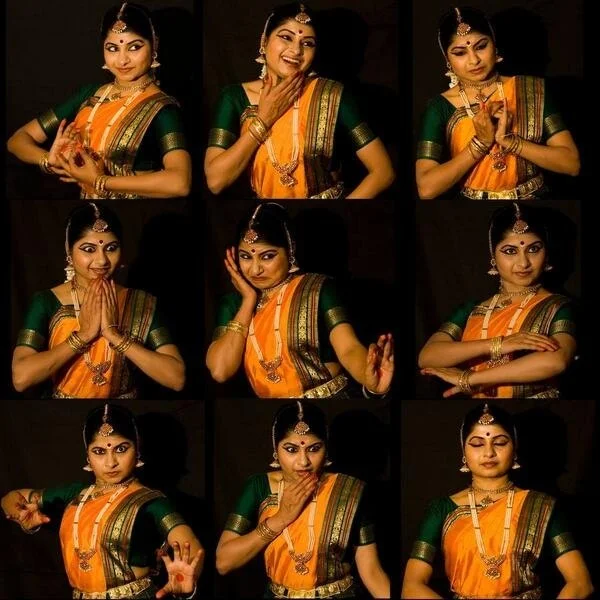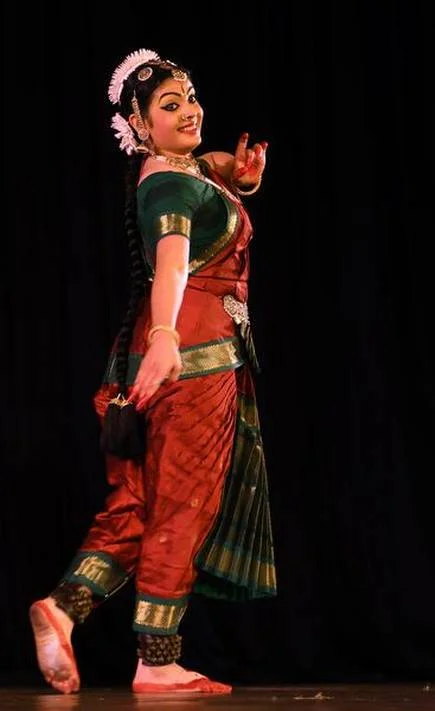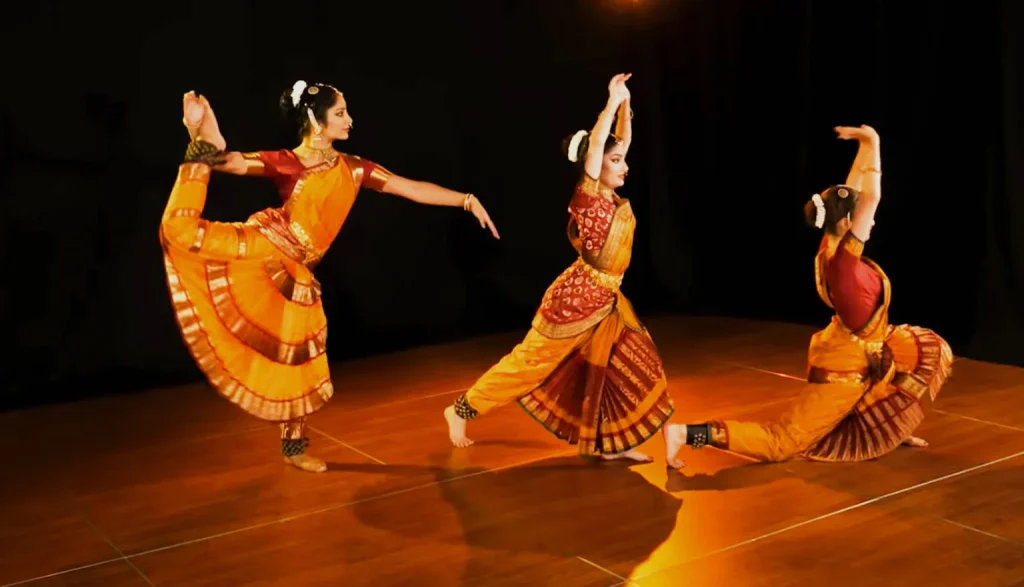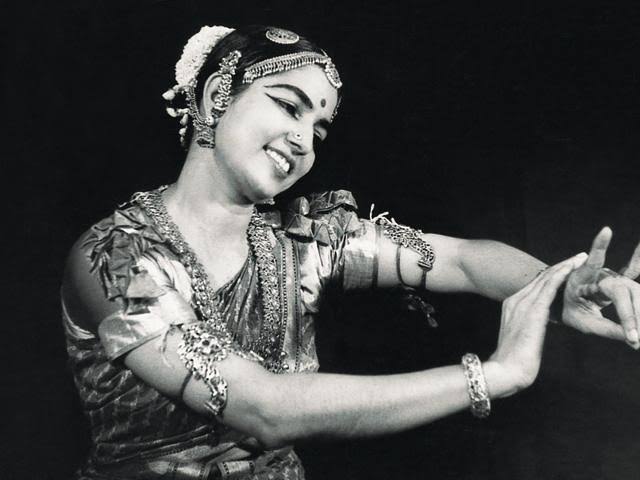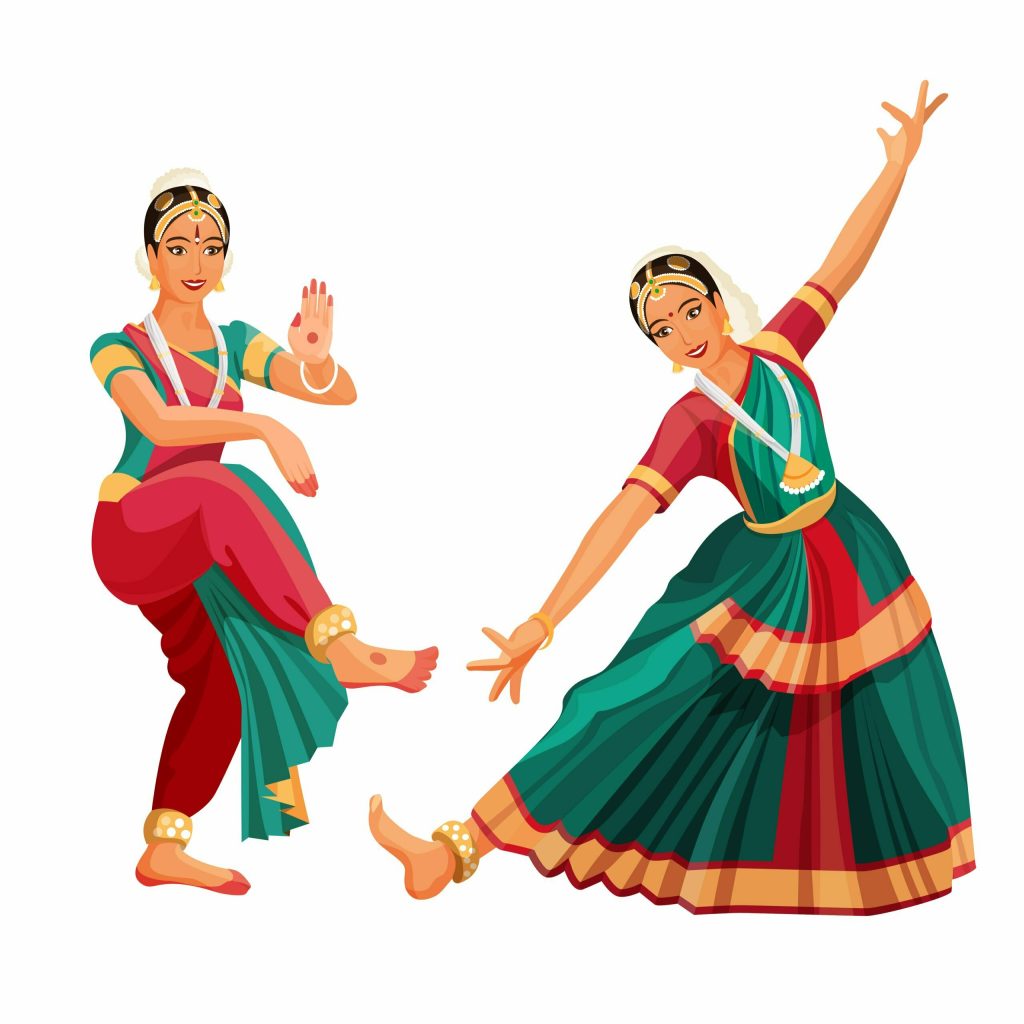As a young girl of 13, my first tryst with the Navrasa was at a Kathakali performance in the south Indian state of Kerala. The demonstration of these nine emotions was a delight to behold. Therefore, one cannot deny the charm of these expressions which form an important part of Indian classical dance forms.
Literally, Navrasa means ‘nine emotions’. However, Rasa or emotions form a separate theory of aesthetics on their own. It’s a fact that though classical dances seem to have a monopoly on this concept- these nine emotions are applied to many fields. Performing arts such as theatre, music and literary works also use the Navrasa at different junctures. Since they are directly inspired by human emotions, the Navrasas are connected to an artistic expression which speaks to the audience. Imagine dancing with a blank face without any expressions to convey the feel of the music- too dry, right?
As these nine emotions form a key part of Indian classical dance combined with postures and footwork; we at Podium School bring to you a short guide to the Navrasa. With their inclusion, your dance performances will speak to the audience like never before!
Sringara Rasa (Love)
One of the key emotions in the whole gamut, the Sringara Rasa is a delicate expression. It includes inviting gestures with eyes, coy expressions and subdued smiles reminiscent of romantic love. However, there are variations in this particular rasa, which include the following-
- Beauty
- Attraction
- Erotic Love
- Romantic Love
- Jealousy and possession
But Sringara cannot be limited simply to the relationship between lovers. It is also the expression of divine love between the deity and their devotee, just like the one between Mirabai and Lord Krishna. As per the Natya Shastra authored by Bharat Muni, the presiding deity of this rasa is Vishnu. The color representing Sringara Rasa is light green.

Hasya Rasa (Laughter)
When we say that laughter is the best medicine, we surmise the Hasya Rasa aptly. The most joyful of the Navrasa ensemble, Hasyam represents mirth, comedy and laughter. The colour of Hasya Rasa is white and its presiding deities are Pramathas- the attendants or the Ganas of Lord Shiva. Hasya is a variegated emotion and has the following types-
- Atmastha- when one is laughing at themselves
- Parastha- when one makes others laugh
- Smita- a gentle smile or giggle
- Hasitha- when one shows their teeth slightly while laughing
- Vihasitha- full-blown laughter when one can also hear a slight sound coming from the dancer
- Apahasitha- which is a silly laughter and the person shakes their heads and shoulders
- Atihasitha- Extreme laughter when one cannot stop laughing. This is the example of the modern day ROFL- where you laugh so much that you can’t help but shed a tear
- Upahasitha- This is satirical laughter and a ridiculous expression
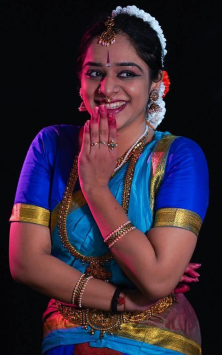
Raudra Rasa (Anger)
One of the most popular Rasas, the Raudra Rasa displays righteous anger. Bulging eyes, pursed lips and heaving breath are the most noticeable features of this emotion. Good and evil characters both show Raudra- while the former will express their anger in fits and movements, the latter have a permanent aggressive tone further accentuated by words, actions and appearance.
The accompanying body movements of this Rasa show claw-like hand formations, violent jumps, stomping and other violent actions like beating, shrieking, striking and drawing blood. The color of this Rasa is a fiery red and the presiding deity is Rudra.

Karuna Rasa (Compassion)
One of the most nuanced expressions, the Karuna Rasa evokes sympathy and compassion at a sad event. Remember that friend who failed at their classes or when they were sad because of a fight at home? Recall what you felt when you saw someone dear to you suffering and wished if you could shoulder their pain in some way- yes, that’s right.
The downturned lips, watery eyes on the verge of crying and a lump in your throat is Karuna Rasa at its best. Some dancers also adopt an extreme variant of the same- they embody empathy and express their sorrow by crying at the sad turn of events. The color of this Rasa is as somber- grey and the presiding deity is Lord Yama.

Bibhatsa Rasa (Disgust)
Children perhaps are the masters of this Rasa- look at them carefully when you offer them a preparation of bitter gourd (watch them run away from it. Even I do!) or any green vegetable they don’t like.
Bibhatsa Rasa, thus refers to an odious sentiment. Dancers demonstrate this through a posture which shirks away from disgraceful and ugly sights. Usually, it follows from the Bhayanaka Rasa explored further in this article. The presiding deity for this emotion is Shiva and the colour is blue. Bibhatsa also has three variations as per the Natya Shastra-
- Kshobhaja
- Suddha
- Udvegi

Bhayanaka Rasa (Fear)
Denoting weakness of heart and being terrified, the Bhayanaka Rasa is every bit of those people who are not huge fans of the horror genre. If I have to invoke an image for this fearful position, a deer caught in the headlights would be the perfect example.
Characterised by the presiding deity Yama and the color black, this emotion is demonstrated through an obvious display of fright, nervousness and terror. The mudras can be as varied as wringing ones hands, hunched shoulders and bulging eyes looking from side to side.
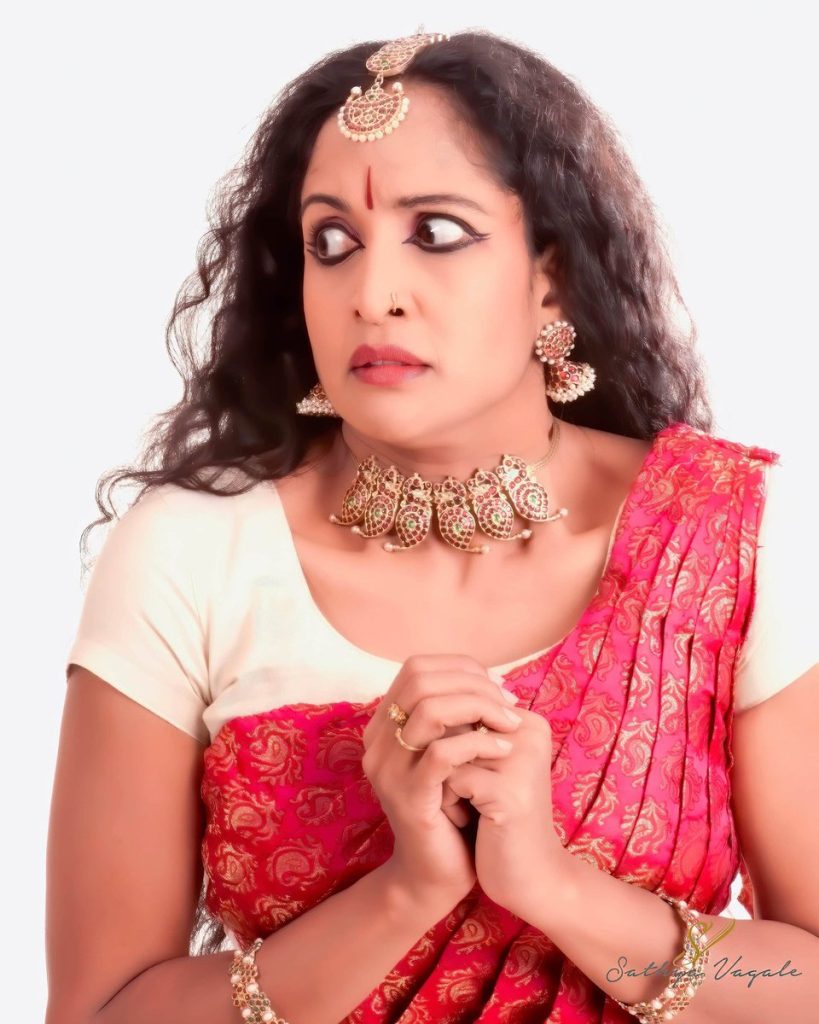
Vira Rasa (Brave)
The most noble expression of all, theVira Rasa demonstrates the poise and confidence of a warrior. Dancers portray this emotion as one of energy and determination, with a single minded focus on victory and chivalry. The presiding deity for Vira Rasa is Indra and its colour is orange. The personification of zeal, the Vira Rasa is a nuanced emotion.

Adbhuta Rasa (Wonder)
This emotion and expression is one of wonderment. A dancer expresses Adbhut Rasa at a discovery or realization which takes them by surprise. In many cases, Adbhuta is an awed expression- it depicts excitement and thrill. Imagine yourself discovering something which inspired curiousity in you. the Adbhutam can also be depicted in case something shocking.
With enlarged eyes, upward eyebrows, open mouth and a pleasantly surprised expression, this Rasa is one of the most entertaining ones in Indian Classical Dance. The presiding deity for this Rasa is Brahma and its color is yellow.

Shanta Rasa (Peaceful)
The Shanta Rasa and its inclusion in the Navrasa was a debatable issue since a lot of time. However, this tranquil expression was approved by Bharat Muni’s Natyashastra as a feeling of stability and emotional peace. Usually depicted with closed eyes, the yogic meditative posture and relaxed demeanor, this expression is one of internal peace and equilibrium characteristic of a wise soul.
Shanta Rasa is inspired from the disconnection with worldly desire and total presence in the moment when one is neither sad, happy, fearful, disgusted or joyful. The presiding deity of this Rasa is Vishnu and the color is white.

A Journey of Dance and Theatrics
After reading this article, we are sure that you must be invigorated with new information and a zeal to practice these emotional gestures all the time. But we assure you, you must be a natural already since you have expressed these emotions at some point of your life, though not in dance.
This is where we come in. Podium School offers you a variety of classes on Classical dance- especially Bharatnatyam and Kathak. With expert guidance and bits of information like this- you’re on the right track! It’s time you play some music- or if you’re confused at that, we have you covered with our curated list of popular Bharatnatyam songs. Let the terpsichore begin with the Navrasa in your ensemble!
Share with your friends
